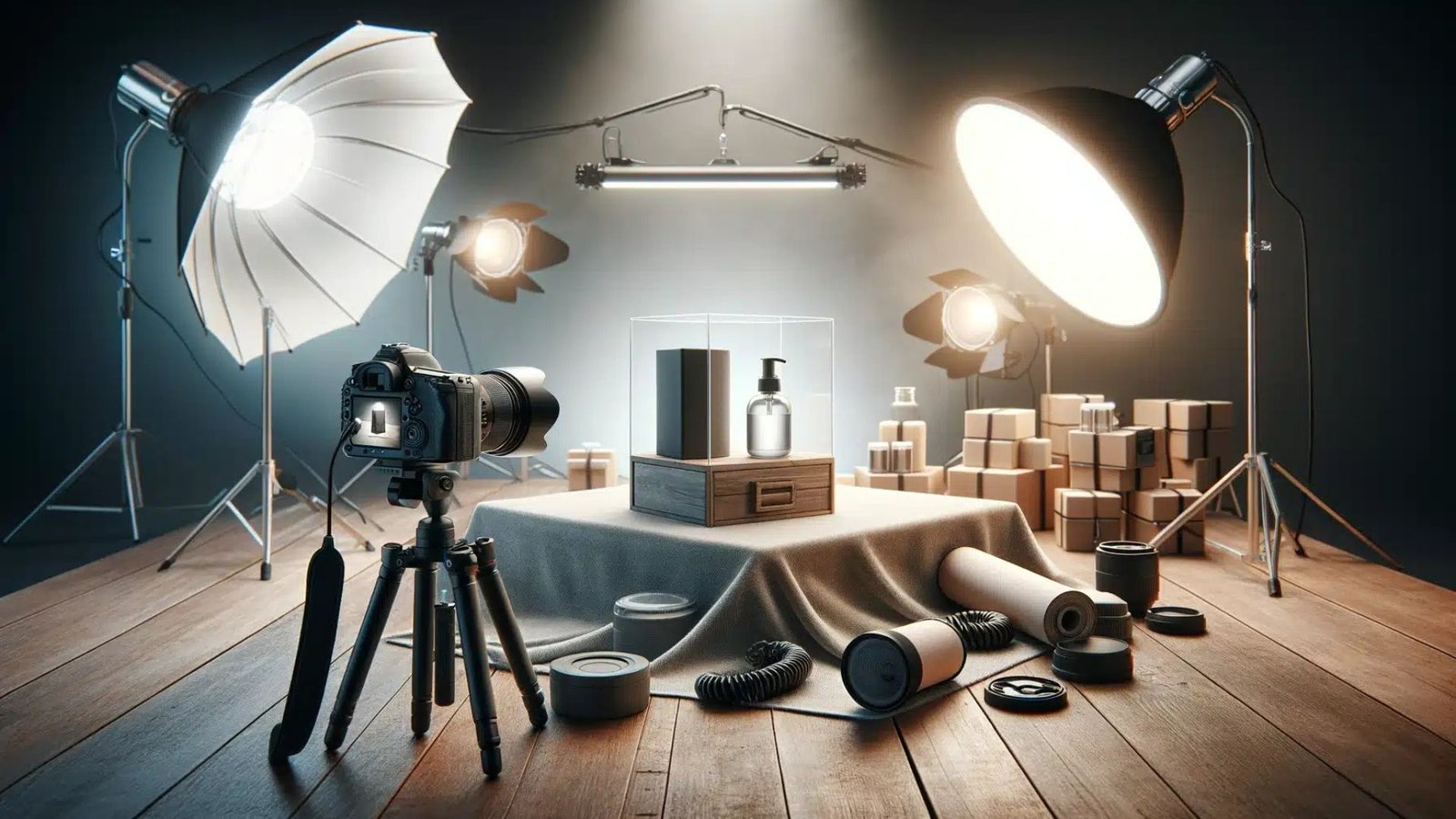Choosing the right camera for photography can be overwhelming, especially with so many options available today. Whether you’re a beginner or a more experienced photographer, selecting the right camera is crucial to capturing high-quality images. In this article, we’ll guide you through the factors to consider when buying a camera, helping you make an informed decision based on your needs, preferences, and budget.

Consider Your Photography Goals
The first step in choosing the right camera is understanding your photography goals. What kind of photography are you interested in? Do you want to shoot portraits, landscapes, sports, or wildlife? Different types of photography require different features in a camera, so it’s essential to know what you plan to focus on.
- Portrait Photography: If you’re interested in portrait photography, look for a camera with a large sensor for better low-light performance and a shallow depth of field for beautiful background blur (bokeh).
- Landscape Photography: A camera with high resolution and great dynamic range will help capture the vast details of landscapes.
- Action or Sports Photography: For fast-moving subjects, choose a camera with fast autofocus, high burst rate, and good tracking ability.
Understanding your goals will narrow down the features that are most important for your photography style.
Sensor Size Matters
One of the most important factors to consider when choosing a camera is the sensor size. The sensor is responsible for capturing light and detail in your photos. Larger sensors tend to produce better image quality, especially in low-light situations.
- Full-Frame Sensors: Full-frame cameras have a larger sensor and can capture more detail and produce better images with less noise. These are often used by professional photographers and are ideal for most types of photography.
- APS-C Sensors: APS-C cameras are smaller and less expensive than full-frame cameras. They still offer excellent image quality and are a popular choice for beginners and enthusiasts.
- Micro Four Thirds: Micro Four Thirds sensors are even smaller, typically found in compact or mirrorless cameras. While they may not perform as well in low light, they are lightweight and often more affordable.
When choosing a camera, consider how much you are willing to invest in sensor size. Larger sensors offer better quality but can be more expensive.
Choose Between DSLR and Mirrorless Cameras
When selecting a camera, you’ll encounter two main types: DSLR and mirrorless cameras. Both types offer excellent image quality, but there are key differences that may influence your decision.
- DSLR Cameras: Digital Single-Lens Reflex (DSLR) cameras use mirrors to reflect light from the lens to the optical viewfinder. They tend to have longer battery life and a wider selection of lenses. DSLRs are often larger and heavier, which may not be ideal for travel or street photography.
- Mirrorless Cameras: As the name suggests, mirrorless cameras don’t use mirrors, making them more compact and lighter than DSLRs. They have electronic viewfinders and are often faster in terms of autofocus and shooting speed. However, they may have shorter battery life and fewer lens options compared to DSLRs.
If portability and speed are important to you, a mirrorless camera might be a better choice. If you prefer a traditional optical viewfinder and need a wider selection of lenses, a DSLR could be the way to go.
Megapixels Aren’t Everything
While it’s tempting to focus on a camera’s megapixel count, it’s not the most important factor when it comes to image quality. Megapixels refer to the resolution of the images your camera can capture, but other factors—such as sensor size, image processing, and lens quality—play a larger role in the overall photo quality.
- Higher Megapixels: Higher megapixel counts are helpful for cropping images or printing large photos. For example, a 50-megapixel camera would be excellent for large prints or detailed crops.
- Lower Megapixels: Cameras with lower megapixels (e.g., 12-20 MP) still produce excellent quality photos and may perform better in low-light situations, as the larger individual pixels can capture more light.
If you don’t plan to print large images or crop heavily, don’t worry too much about megapixels. Focus more on other factors like sensor size and lens quality.
Autofocus and Speed
If you plan to shoot fast-moving subjects like in sports or wildlife photography, autofocus and speed become essential considerations. A camera with fast and accurate autofocus will ensure that you capture sharp images even when the subject is moving quickly.
- Autofocus Points: More autofocus points allow for better tracking of subjects. Look for a camera with at least 50-100 autofocus points for improved accuracy.
- Burst Rate: A higher burst rate (measured in frames per second, or FPS) allows you to capture multiple frames in quick succession. A camera with a burst rate of 8-10 FPS or higher is ideal for action or sports photography.
If you’re shooting fast-moving subjects or children, a camera with fast autofocus and a high burst rate will help you get the shot.
Lens Compatibility
The lens you choose is just as important as the camera body itself. While some cameras come with a standard kit lens, you may need to invest in additional lenses depending on your photography needs.
- Wide-Angle Lenses: Ideal for landscapes, architecture, and interiors.
- Prime Lenses: These lenses offer fixed focal lengths and typically provide better image quality, especially in low light.
- Telephoto Lenses: Great for wildlife and sports photography, telephoto lenses allow you to capture distant subjects.
Before purchasing a camera, check the lens options available for the camera system. Some systems, like Canon and Nikon, have a wide selection of lenses, while others may have more limited options.
Budget Considerations
Your budget plays a significant role in your camera choice. Higher-end cameras offer more advanced features but come with a higher price tag. However, there are plenty of great options at various price points that still offer excellent performance.
- Entry-Level Cameras: These cameras are typically more affordable and have user-friendly features. They are ideal for beginners and casual photographers.
- Mid-Range Cameras: These offer a balance of performance and features. They’re great for enthusiasts who want more control over their shots.
- Professional Cameras: These high-end cameras come with top-of-the-line features, including high-quality sensors, fast autofocus, and the ability to shoot in extreme conditions.
Set a realistic budget and choose a camera that fits your needs without overspending. You can always invest in additional lenses or accessories as your skills grow.
Battery Life and Portability
Lastly, consider the battery life and portability of the camera. If you plan to travel or shoot for long periods, you’ll want a camera with long battery life. Mirrorless cameras typically have shorter battery life than DSLRs, but you can always carry extra batteries if needed.
Portability is another important factor. If you want a camera that’s easy to carry around, consider a lightweight mirrorless option, or even a compact camera, if you’re not looking for the same features as a DSLR.
Conclusion
Choosing the right camera for photography depends on your specific needs and preferences. Focus on understanding your photography goals, considering the type of photography you want to do, and balancing factors like sensor size, autofocus, and lens compatibility. Whether you’re a beginner or experienced photographer, there’s a camera out there that fits your style and budget.





